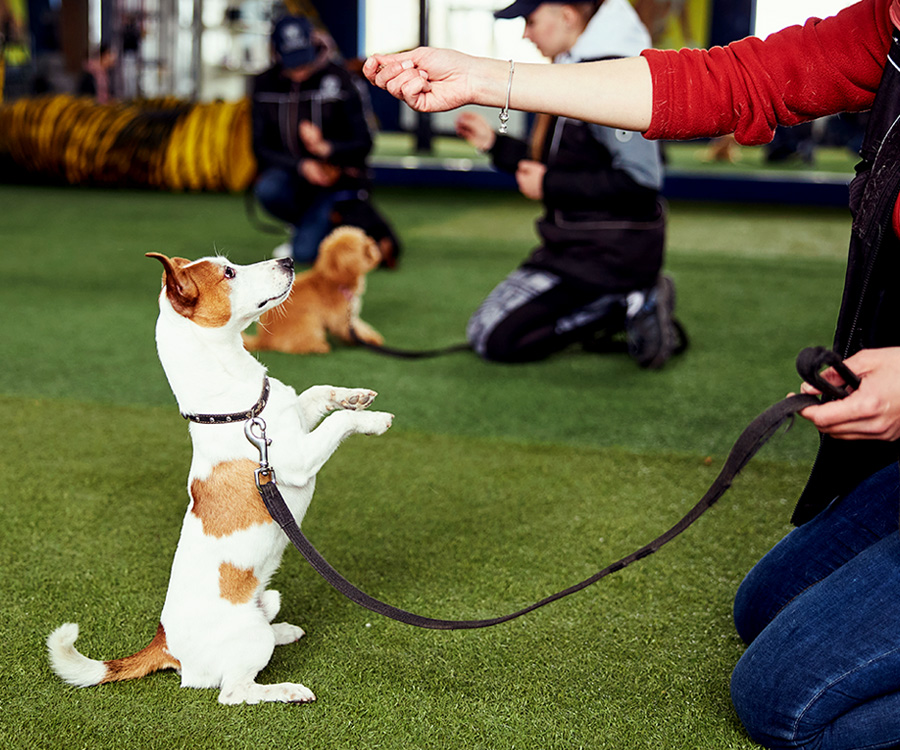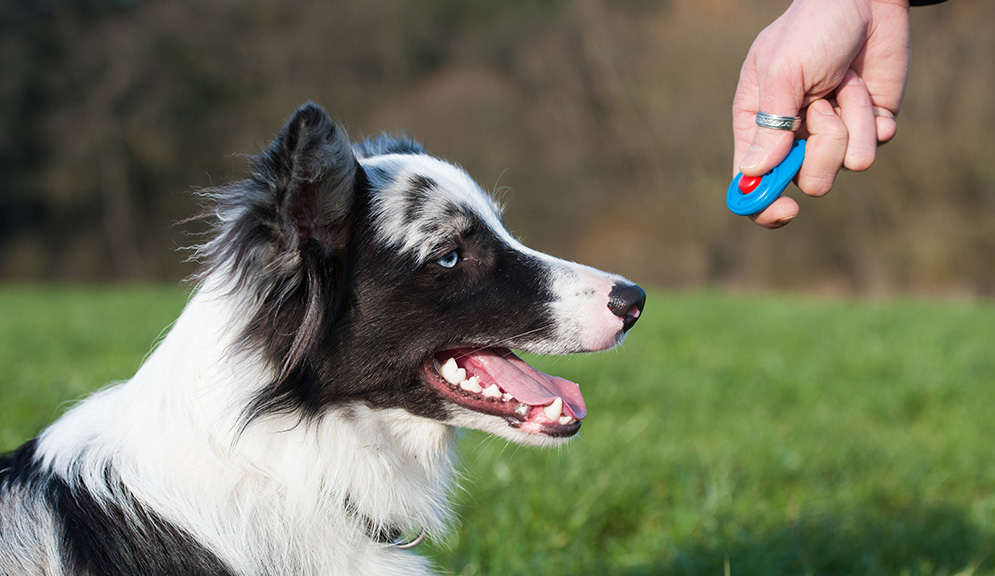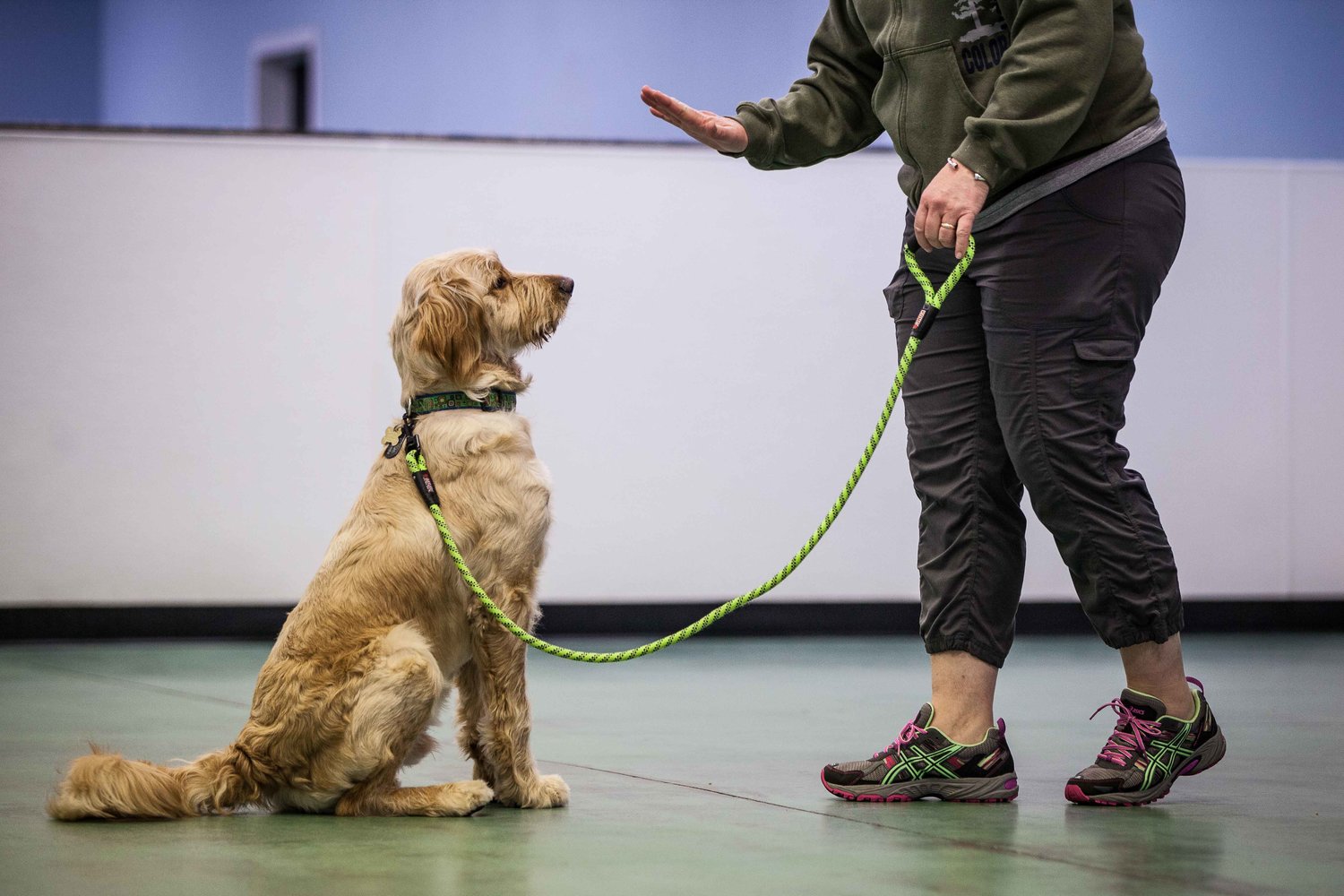Step-by-Step Approach to Dog Training: Simple Tips for Every Dog Owner
Step-by-Step Approach to Dog Training: Simple Tips for Every Dog Owner
Blog Article
Top Pet Training Strategies Every Owner Should Know

Favorable Support Methods
Utilizing positive support strategies is necessary for reliable pet training, as it fosters a trusting bond in between the pet dog and the instructor. This technique concentrates on fulfilling desirable habits instead of punishing unwanted ones, producing an environment helpful to discovering. Rewards can consist of deals with, praise, or play, which motivate pets to duplicate the behaviors that gain them these rewards.

Additionally, this approach improves the pet dog's enthusiasm for training sessions. When canines link training with favorable experiences, they are much more engaged and receptive. Beyond immediate habits adjustment, favorable support motivates a joint relationship between the pet dog and instructor, decreasing stress and anxiety and anxiety
To optimize efficiency, it is crucial to deliver benefits immediately, ensuring the pet dog links the actions with the reinforcement. Essentially, favorable support methods not just yield better-trained pets yet also advertise a harmonious collaboration in between pet dog and proprietor.
Remote Control Training Method
The remote control training approach is an extremely efficient method that constructs upon the concepts of favorable reinforcement by including a distinctive noise to mark desired habits. This approach uses a small portable gadget that produces a clicking audio, permitting instructors to communicate with their dogs in a clear and immediate fashion. When a pet executes a behavior that the owner desires to motivate, the remote control is turned on, complied with by a reward, generally in the kind of deals with or praise.
The trick to successful clicker training hinges on uniformity and timing. It is vital to click at the specific moment the preferred actions occurs, making sure that the pet associates the audio with the action and the succeeding reward. This method not just enhances interaction yet also fosters a more powerful bond in between the pet and the owner, as it motivates engagement and interaction during training sessions.
Remote control training can be related to a range of actions and commands, from basic obedience to much more intricate methods. Its flexibility and performance make it a popular technique amongst professional instructors and animal proprietors alike, paving the way for a trained and responsive canine friend.
Chain Training Basics
Efficient chain training is crucial for ensuring a satisfying and secure strolling experience for both pets and their owners. Dog training. Chain training need to begin early and be approached with persistence and consistency. Start by selecting an appropriate chain and collar or harness. A level collar may help some canines, while others may take advantage of a harness that decreases pulling.
Present your pet to the chain gradually, permitting them to discover it in a comfortable environment. This includes gratifying your pet dog for walking beside you instead than drawing ahead.
If your pet dog begins to pull, stop strolling promptly. In addition, method numerous strolling atmospheres to assist your pet adjust to interruptions.
Routine practice will solidify your canine's understanding of leash decorum. Keep in mind that chain training is a recurring process; perseverance and uniformity will generate the very best results, fostering a positive experience for both you and your canine friend.
Socializing Techniques
Socialization is a critical aspect of pet training that must ideally start during puppyhood however can be advantageous at any type of age. Efficient socialization aids pets develop self-confidence and reduces the chance of behavioral concerns. To apply successful socializing techniques, subject your canine to a range of atmospheres, people, and various other animals.
Start with controlled setups, such as pup classes or arranged playgroups, where young pets can connect securely. Gradually introduce your canine to new experiences, including various noises, surfaces, and tasks. Make sure these encounters are fulfilling and favorable to establish a sense of security.
For grown-up canines or those doing not have direct exposure, start with low-stress circumstances. Short, positive interactions with calm pets and pleasant people can develop positive organizations. Utilize treats and appreciation to strengthen preferable habits during these experiences.

Uniformity and Persistence
Acknowledging the significance of consistency and patience in canine training is essential for achieving lasting outcomes. Educating a dog is a steady procedure that needs an organized method and unwavering commitment from the proprietor. Each command or habits have to be strengthened constantly to aid the pet dog understand what is anticipated of them. Irregular training can bring about complication, making it tough for the pet dog to understand commands or behaviors, eventually hindering development.
In addition, perseverance is a vital element of effective training. Canines, like human beings, discover at their very own speed. Some may comprehend ideas quickly, while others might take much longer. It is crucial for owners to continue to be calm and helpful, reinforcing favorable behavior without considering stress or punishment. This promotes a trusting connection between the pet dog and proprietor, encouraging a much more eager and enthusiastic learner.
To cultivate consistency and persistence, establish a normal training routine, utilize the exact same commands, and make sure that all relative apply the very same training concepts - Dog training. By doing so, you create a secure atmosphere favorable to discovering, allowing your pet to create and prosper right into a mannerly buddy
Conclusion
Finally, reliable canine training strategies, such as positive support, clicker training, and proper chain training, are crucial for promoting a healthy and balanced owner-dog relationship. Furthermore, executing socialization strategies and keeping consistency and perseverance throughout the training process contributes significantly to a canine's total wellness. By incorporating these methods, dog owners can promote the advancement of well-adjusted, obedient pet click reference dogs, inevitably improving the quality of life for both the pet dog and the owner.
Amongst the most popular approaches are positive reinforcement, remote control training, and chain training, each offering unique advantages that add to a mannerly pet dog. As we explore these fundamental methods, it comes to be noticeable that grasping their nuances can significantly influence the training experience and the pet dog's overall actions.Using favorable support strategies is important for efficient canine training, as it cultivates a trusting bond in between the pet dog and the instructor.In conclusion, efficient pet training techniques, such as positive reinforcement, clicker training, and correct chain training, are important for promoting a healthy and balanced owner-dog partnership. By incorporating these methods, pet dog proprietors can facilitate the development of well-adjusted, obedient family pets, inevitably boosting the top quality of life for both the owner and the canine.
Report this page